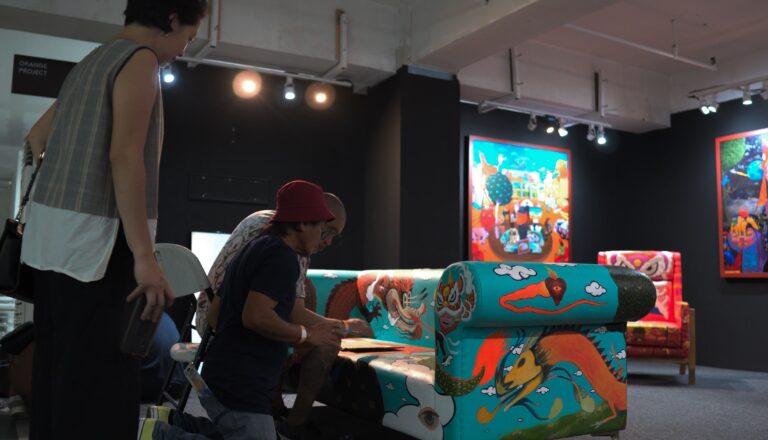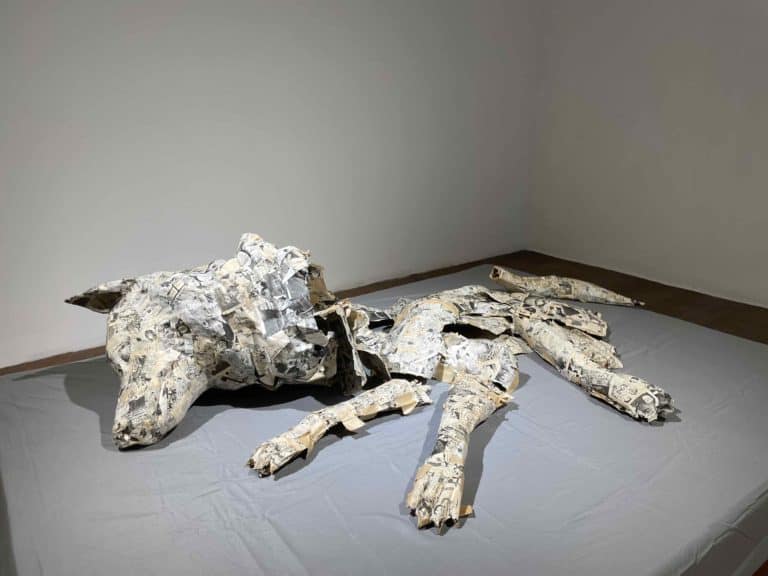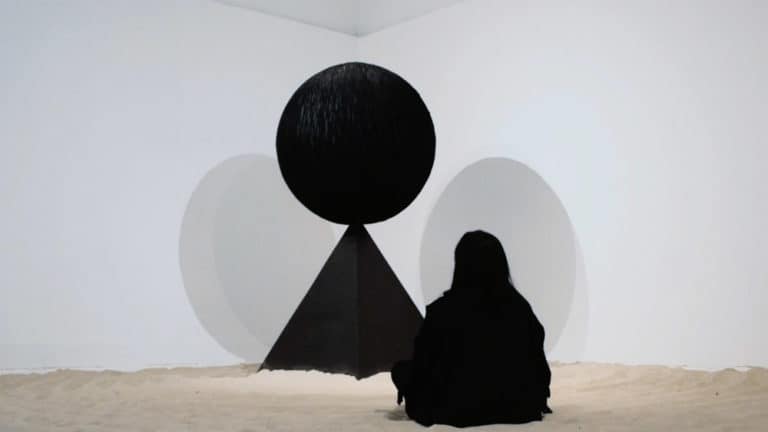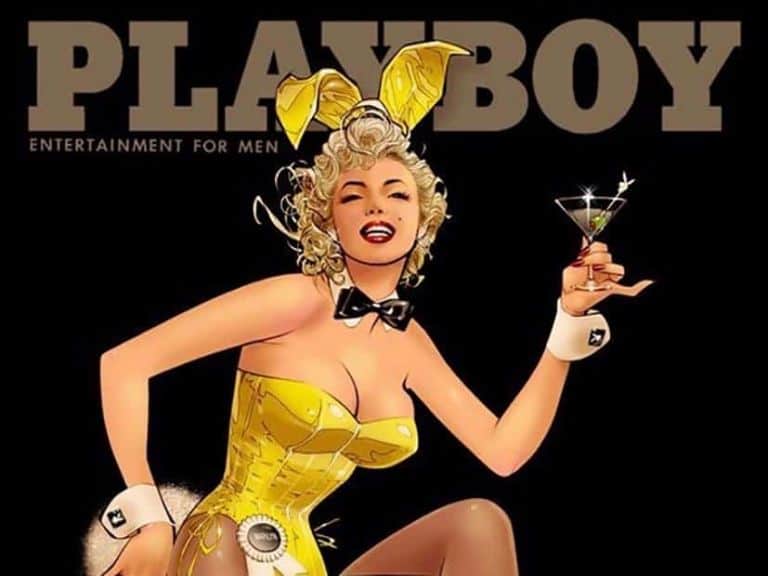You might have spotted her in a hi-vis vest, marshalling a daunting crowd of art-lovers into Bad Imitation at Tanjong Pagar Distripark in the midst of the Singapore Art Week frenzy.
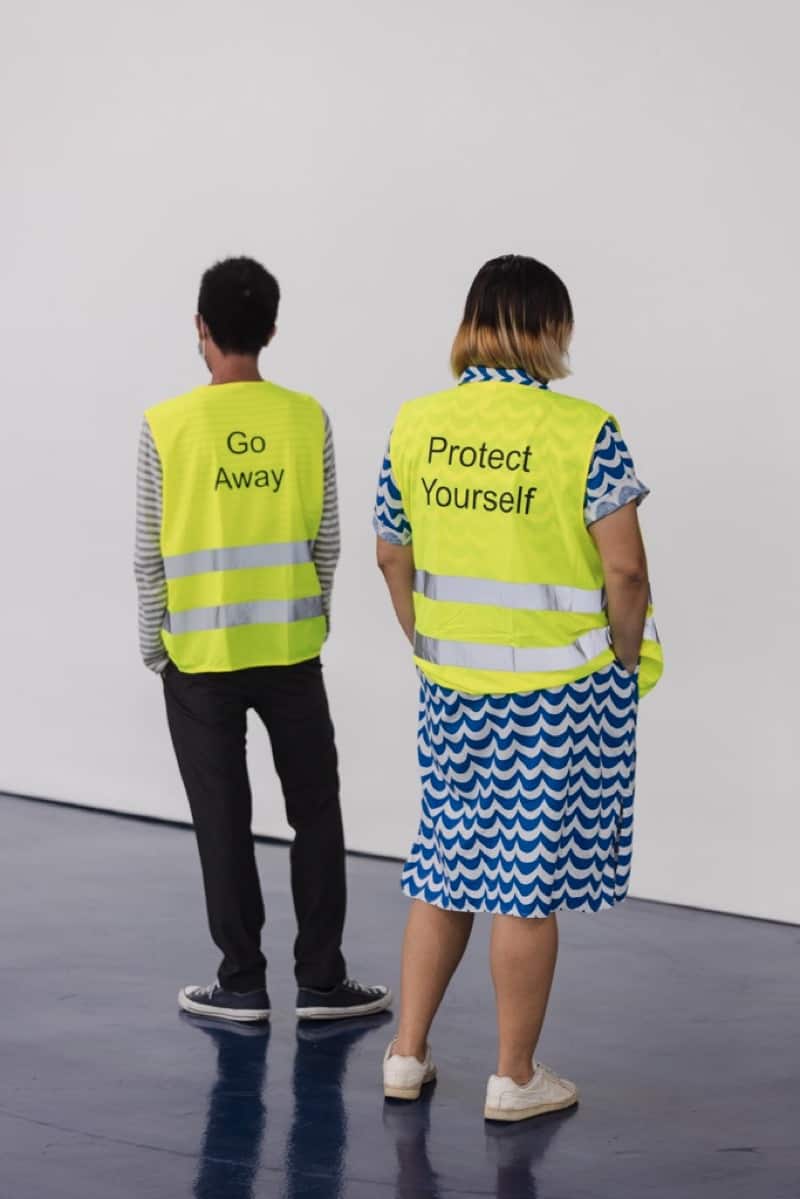
Or you might remember seeing her intricately embroidered talismans as part of the exhibition, Sewing Discord.
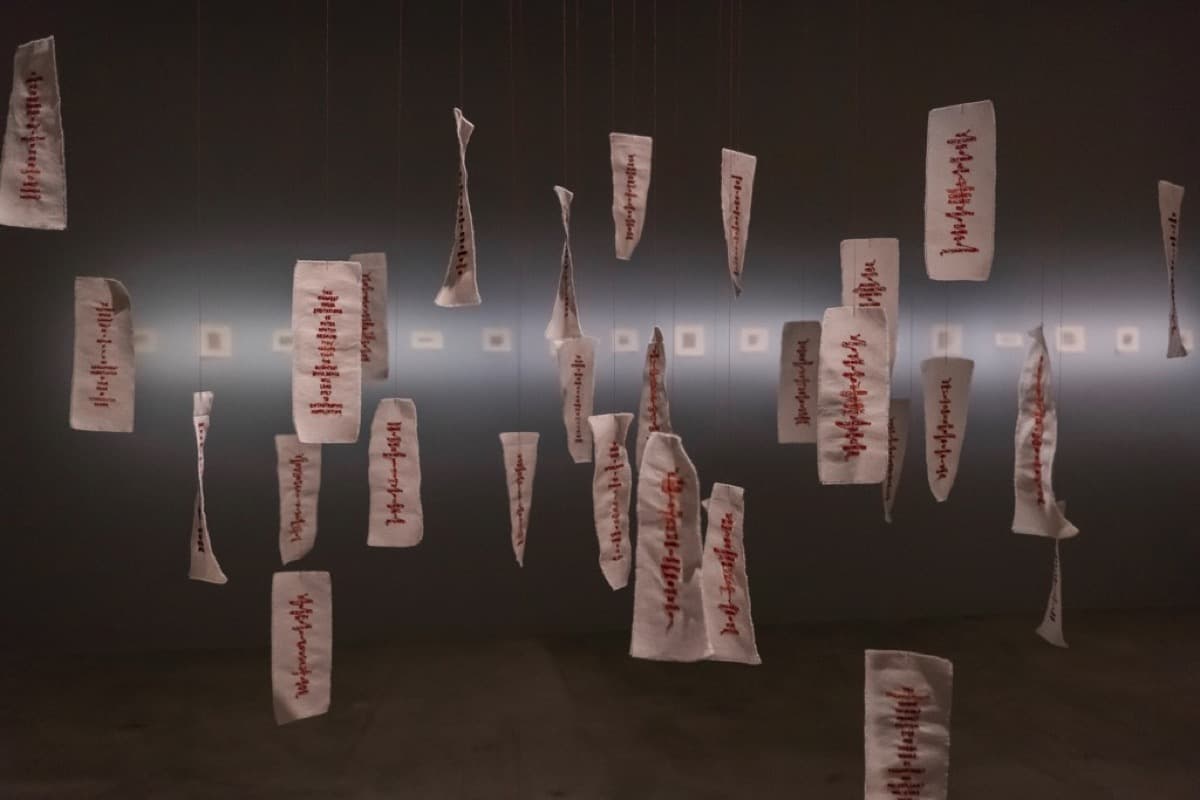
You might even have made the journey down to Ang Song Nian and Robert Zhao’s space, Field Studies, to check out her small but lucid exhibition Three Sketches for a Lost Year.
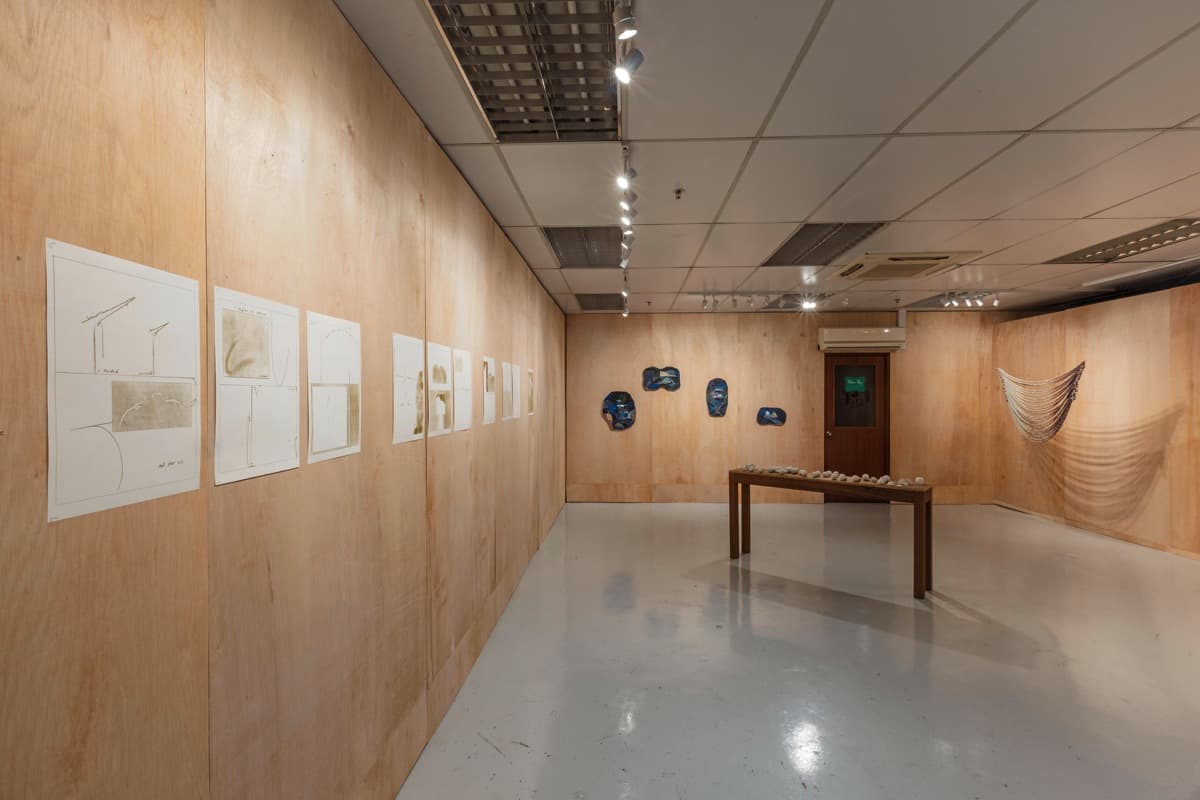
Berny Tan seems to be doing everything, everywhere, and almost all at once. It’s only May and she’s on to curating her third exhibition of the year, How We Learn(t). With the 2022 IMPART Art Prize under her belt, the 32-year-old artist, curator and writer is definitely one to watch.

I’ve been following Berny’s practice ever since I visited her first solo show at Supernormal in 2018. While her own works and those she curates can be quite diverse, I’ve always found a distinctive sensibility in her practice. Meticulous, articulate, sensitive and poetic, her shows often feel like a breath of fresh air.

Berny is also one of the brave new faces of a younger, millennial generation of artists who wear many hats, be it as curators, writers, founders of artist-run spaces (think starch by Moses Tan), or as members of interdisciplinary collectives (like A Stubborn Bloom, AWKNDAFFR, and the now-concluded soft/WALL/studs).
Of course, it isn’t new or unusual for artists to curate, as well as advocate for their own work and that of their peers. Before arts institutions like the Singapore Art Museum sprung up in the 1990s, artists in Singapore freely took on what we would now consider to be curatorial or administrative roles, staging their own shows in public spaces (5th Passage is a prime example of this ‘Do-It-Yourself’ spirit).
But if museums and galleries are ready to handle the business of displaying art today, it seems that the artist’s main job is to, well, make it. Why then do people like Berny continue to juggle multiple artworld roles? What’s in it for the artist-curator?
“I think that I’ve always known that I had a way of putting things into words, that didn’t necessarily fit so nicely into my art practice,” Berny explains when I ask her why she isn’t just an artist or a curator, but both.
“To be a curator I needed to be an artist as well. Something felt off to me about this idea that you could be a curator and work without knowing what it really means to be an artist.”
“I needed to make art to understand it, to be able to empathise with what it meant to have an art practice, and to be the kind of curator that I wanted to be.”

As an artist, Berny usually works with embroidery and what she calls “data visualisation” — translating abstract patterns, words, ideas and systems into diagrams. She’s also concerned with the relationship between the emotional and the rational, which comes through in her obsessively, systematically embroidered pieces.
Her installation Thought Lines consists of twenty embroidery “studies”, each methodically stitched according to a set of written rules, much like conceptual artist Sol Lewitt’s famous Wall Drawings. These monochrome, off-white studies were suspended from the ceiling in their hoops, revealing all the tiny, unsightly knots on the back of the work — marks of the artist’s anxious labour behind the scenes.

Curating like an Artist, Making Art like a Curator
Favouring strictly systematic processes in her art, it might be surprising to hear Berny describe her curatorial practice as “fluid” and “instinctive.”
“I always tell people I feel like I curate like an artist and I make art like I’m a curator,” says Berny, referring to the “stereotypical interpretation” of the artist as a free-spirited bohemian and the curator as an orderly, rational, managerial type. But like her art, Berny’s curatorial practice unsettles simplistic binaries.

Berny begins by setting up parameters and creating a conceptual framework before she executes her artworks. Her curating style, however, is “much looser.”
“When I was curating Three Sketches, for example, I was standing there for a long time just staring at things and rearranging (them),” she explains.
Curating Art for Artists
Berny’s commitment to the artist’s voice is clear, as she emphasises how a curatorial concept should never be a straitjacket for works of art: “I set the stage but then the relationships between the works should be coming from the works themselves.”
Rather than assuming the role of the auteur-curator who uses individual artworks to illustrate a larger narrative, positioning the exhibition as a mega-artwork in itself, Berny looks towards the organic connections that grow out of placing artworks in conversation with one another.
“All my shows do start from artists, and groups or pairings of artists,” Berny explains.
For instance, musing over the relationships between works by Genevieve Leong, Aki Hassan, and Daniel Chong led to her curating the critically acclaimed exhibition Maybe we read too much into things.
In that show, everyday objects like biscuits and soggy jeans, gloves and flowers, forlorn soap bars, cut-up sponges, mynahs, strangely human assemblages of hammers, and clamps and steel bars were the stars of the exhibition. The show brought together six artists and six different ways of speaking about the mundane through the materiality of objects.
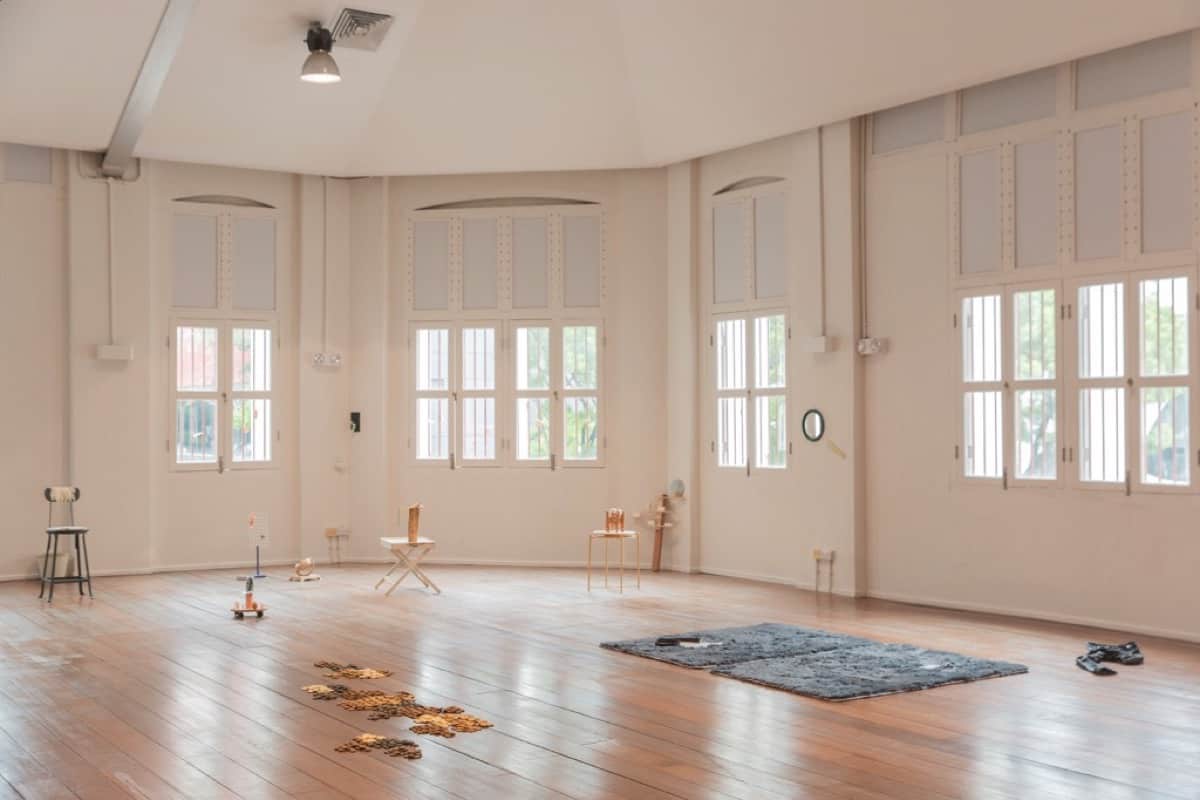
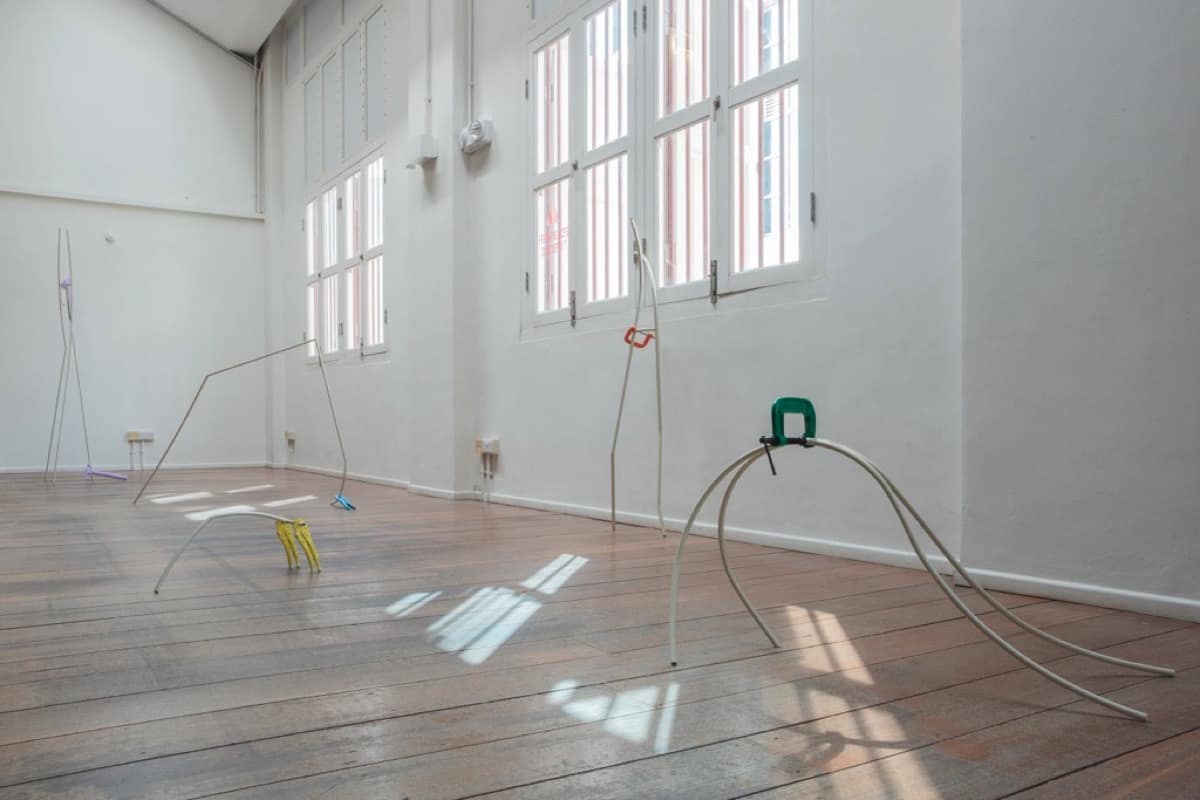

“There are words that live in objects, around them; there are things that objects can say, if only we would listen,” writes Berny in her Curator’s Note for the exhibition.
I loved Maybe we read too much into things.
Something just felt right about the way each work flowed into the next, filling up the sunlit second floor of the former warehouse turned theatre space at 72-13 Mohamed Sultan Rd. While Berny’s curatorial text was beautifully inflected with her personal voice, what struck me was how, just by looking, I could recognise the relationships and patterns that she’d pinpointed on an immediate, instinctual level.

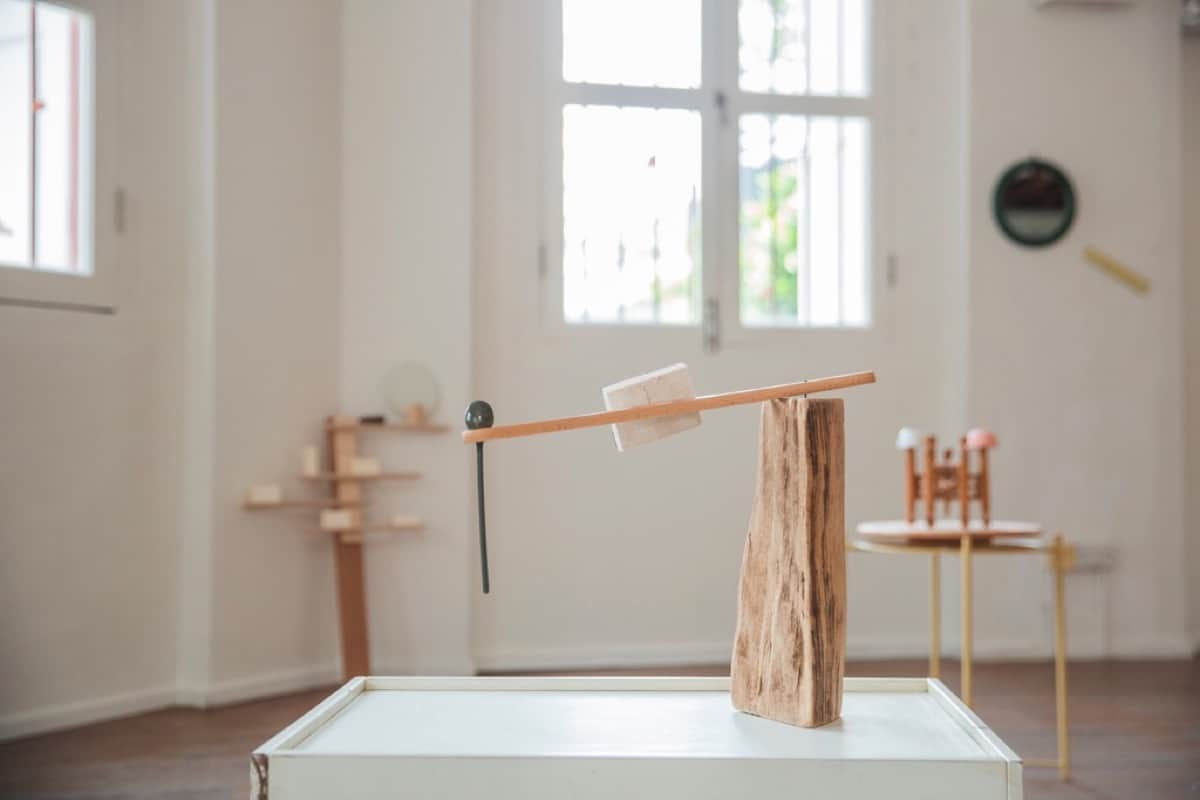
A focus on form, material, and visual thinking comes through in many of Berny’s shows. This isn’t surprising, considering how she brings together conceptual art and the labour-intensive, highly tactile process of embroidery in her own art practice.
Bad Imitation, for instance, was about copying or mimesis — a process that’s fundamental to artmaking — and the generative spaces that it opens up.
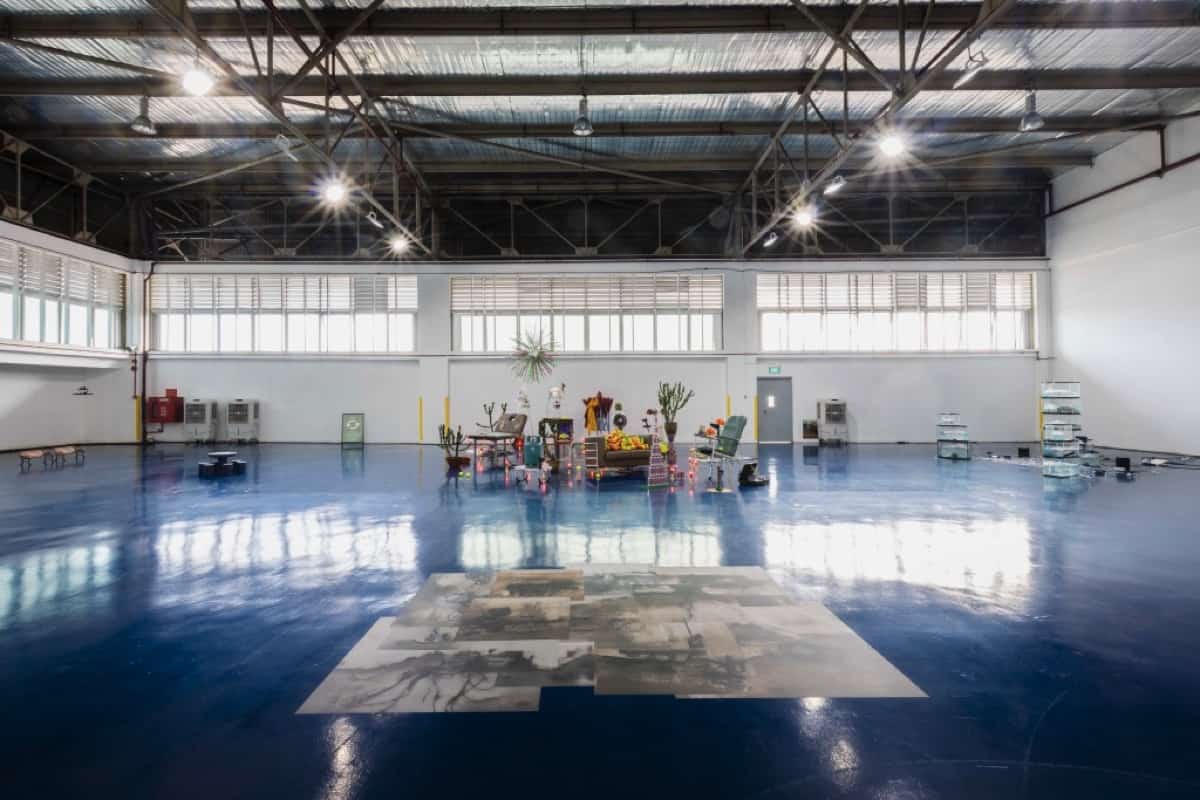
Throughout our interview, Berny kept coming back to a common theme — that of curating exhibitions not just of artists, but for artists. In fact, she admits that the artist is the “audience” she has in mind when curating.
What would artists enjoy and feel proud of in the exhibition? That’s a question Berny prioritises, before factoring in the public’s experience.
“If I curated a show that was sincere and did a good job of showcasing the artist’s work, then the audience’s experience would fall into place naturally,” she clarifies.
Beyond the White Cube
Being an artist herself, Berny is especially wary of drowning out the artist’s voice when it comes to setting the curatorial stage. “I don’t like artists being used as tools for another agenda. I would not like my work to be framed in a way that it’s not true to my practice,” she explains.
Working outside of art institutions — where a community-building, educational approach might be higher up on the agenda — gives her greater space and flexibility when it comes to helping the public to learn about an artist.

But how did Berny develop her interest in independent spaces and curating for unconventional platforms? She credits an internship at Evil Empire, and her time as assistant curator at OH! Open House, for giving her the freedom to experiment with ways of exhibition-making that “don’t belong in the white cube.”
Visiting different “tiers” of museums and galleries while studying in New York and London also gave her a “sense of possibility of what could be done,” she explains.
“It was so exciting to me that they could make shows that were experimental and strange, but made sense in their own way.”
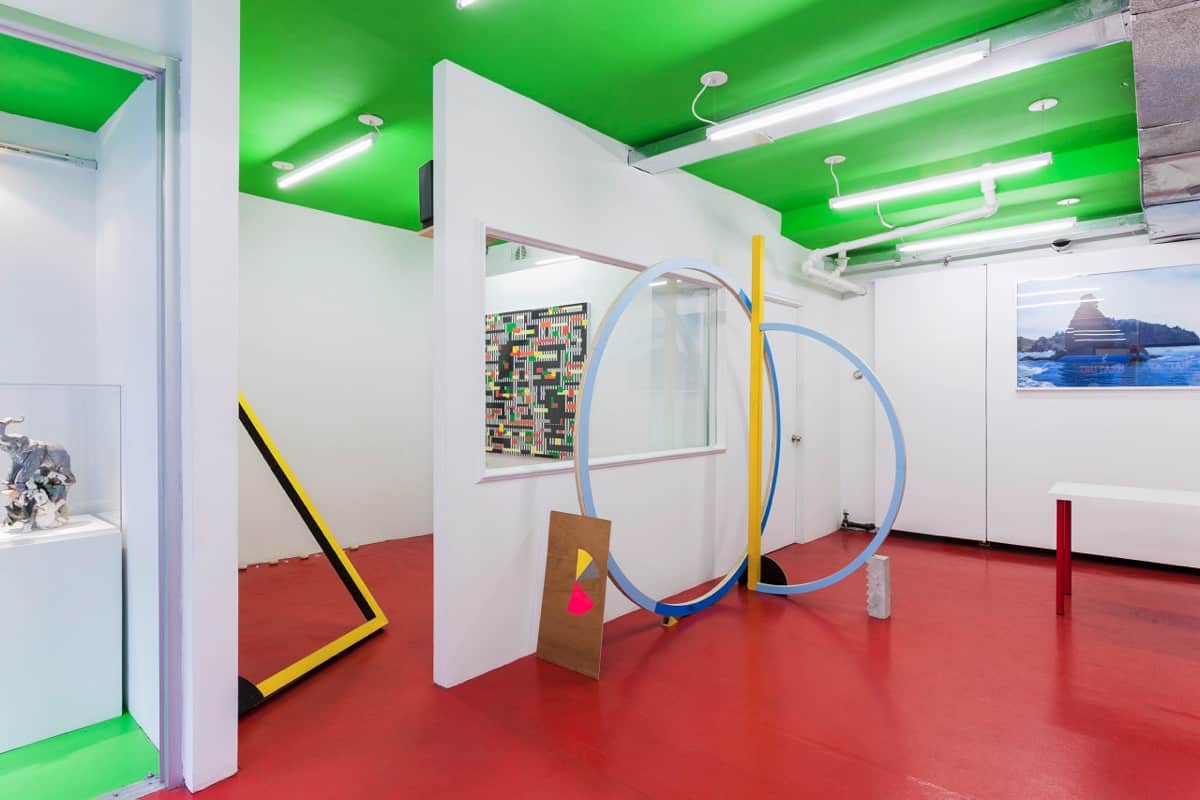
Interning at Prem Krishnamurthy’s experimental gallery, P!, in New York, for instance, was an eye-opening experience for Berny. She vividly recalled an exhibition where Prem, a graphic designer, and another artist-curator painted the ceiling neon green — on the advice of a fengshui master, who was brought in to “curate” the show.
“A lot of the seeds for my current practice were planted and cultivated during my BFA (in New York),” she explains.
Making Art, Making in Singapore
As much as she’s attuned to the ways of global contemporary art, Berny still roots her curatorial practice in Singapore.
“Personally, I feel most comfortable when I’m in Singapore, making art (and) making shows,” she shares.
“And I think it’s important for me to feel comfortable in order to take risks in my curating — I need to have some stable anchor.”
What advice would Berny give to other artists, curators or artist-curators who are just starting out?
“I think it’s important to be sincere and honest in whatever you do,” she replies.
“I also think that you should always think about whether you are doing your best for everyone involved, and if you are treating everyone with the right kind of openness.”
What’s next?
Besides curating the winners of the Kwek Leng Joo Prize of Excellence in Photography 2021 — the exhibition opened on 21 May — Berny’s got her hands full with projects lined up for the rest of the year.

As part of Singapore Art Museum (SAM)’s Art in the Commons: Data Visualising Jurong programme, she’s been collecting memories of the Chinese Garden, and is now collaborating with a research team at the Singapore University of Technology and Design (SUTD) to create a large-scale machine-knitted installation.
From June to September of this year, Berny will be taking part in an artist residency with the National Museum of Modern and Contemporary Art (MMCA) in South Korea, as part of Grey Project’s residency exchange programme, and in November, she’ll be starting another residency at SAM.
Excitingly, she’s also planning on starting an independent space of her own, “more.. for having the stability of.. a place where I can curate and do things like Three Sketches.”
But, I’m told, that will have to wait until 2023.
Till then, I’m keeping my eyes peeled.
____________________________________________
All images courtesy of Berny Tan unless otherwise stated.
How We Learn(t) brings together new works by Hong Shu-ying and Syahrul Anuar winners of the Kwek Leng Joo Prize of Excellence in Photography. The exhibition runs from Saturday 21 May to Sunday 5 June at Gillman Barracks, 9 Lock Road, #02-21. Find further details here.






